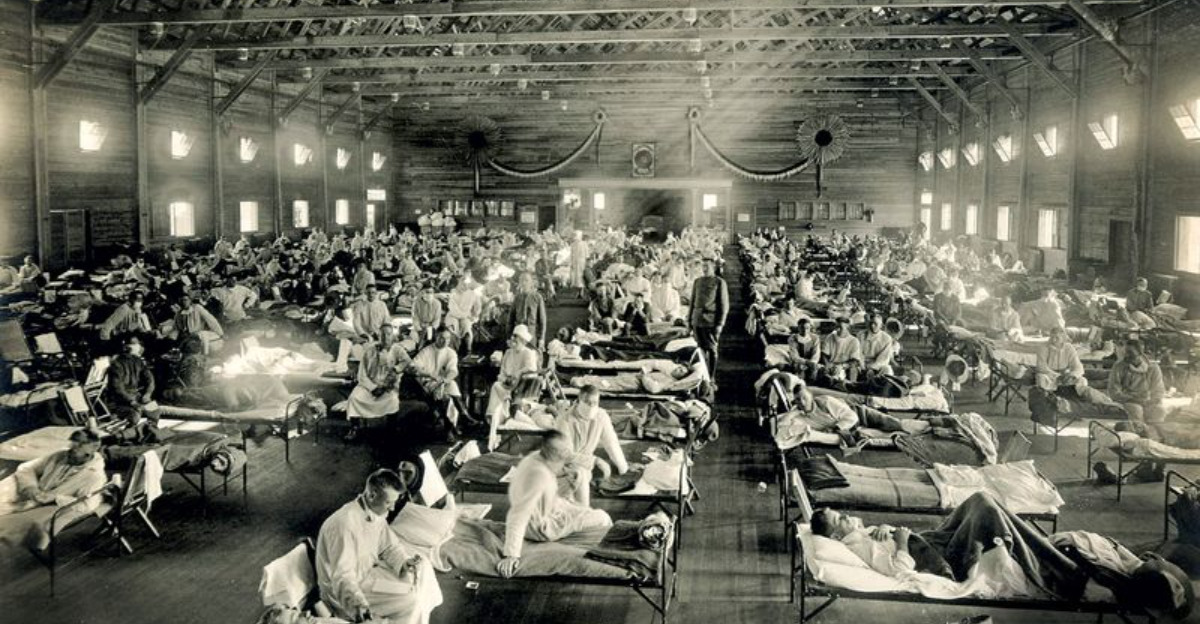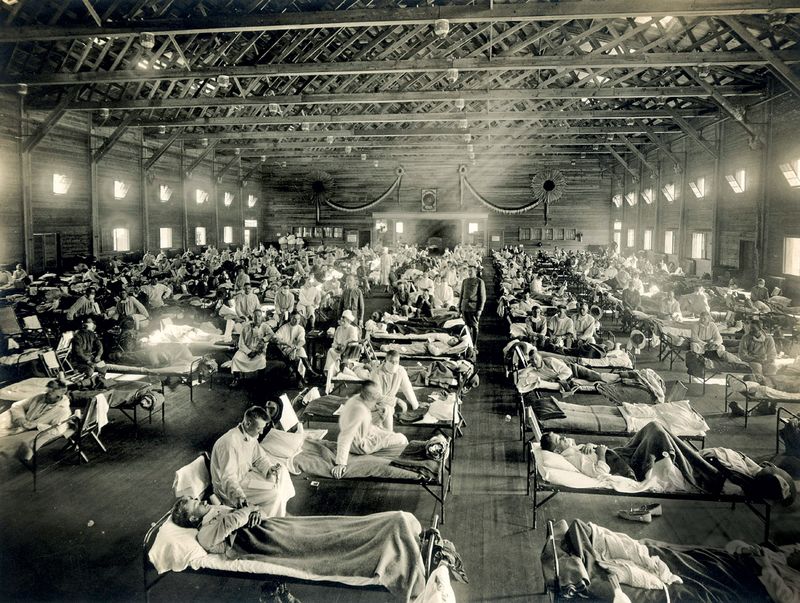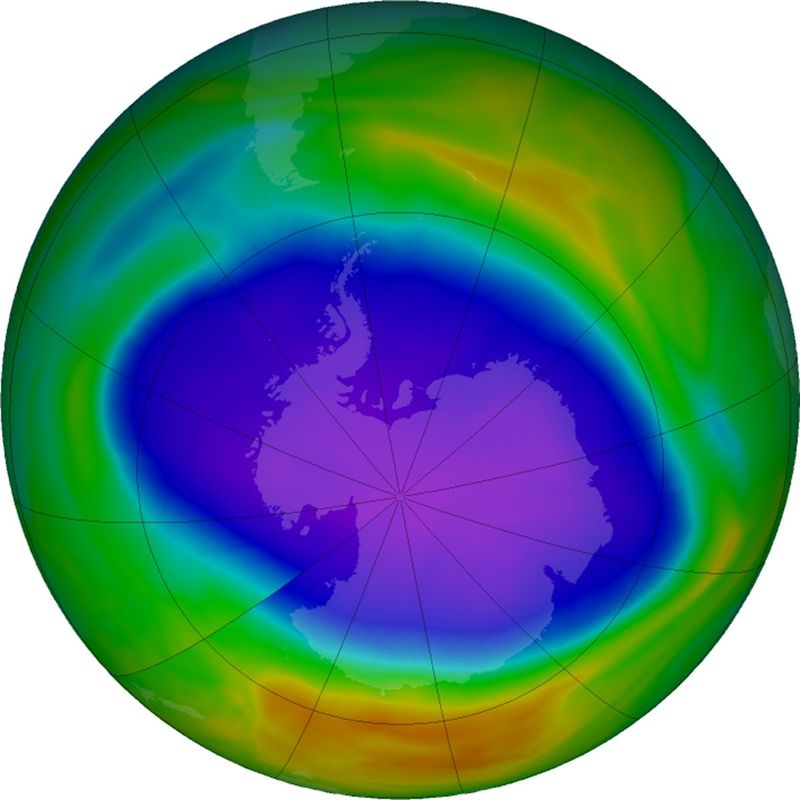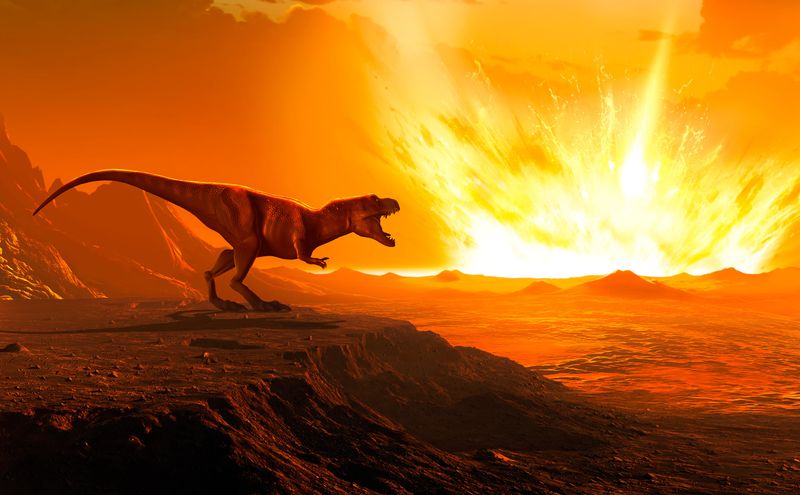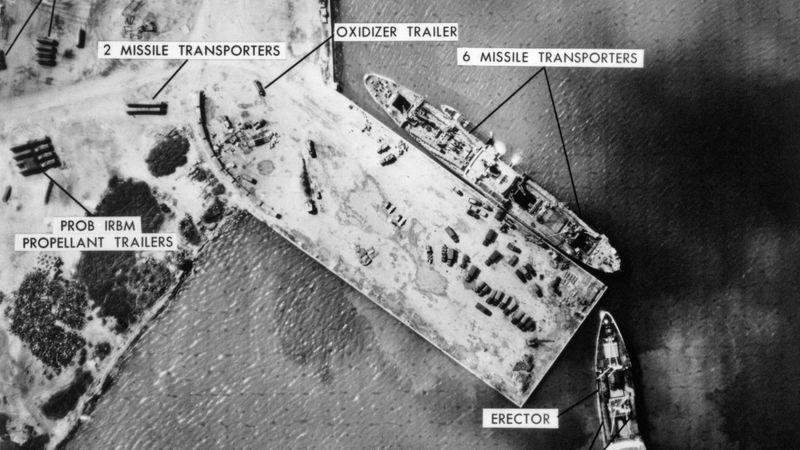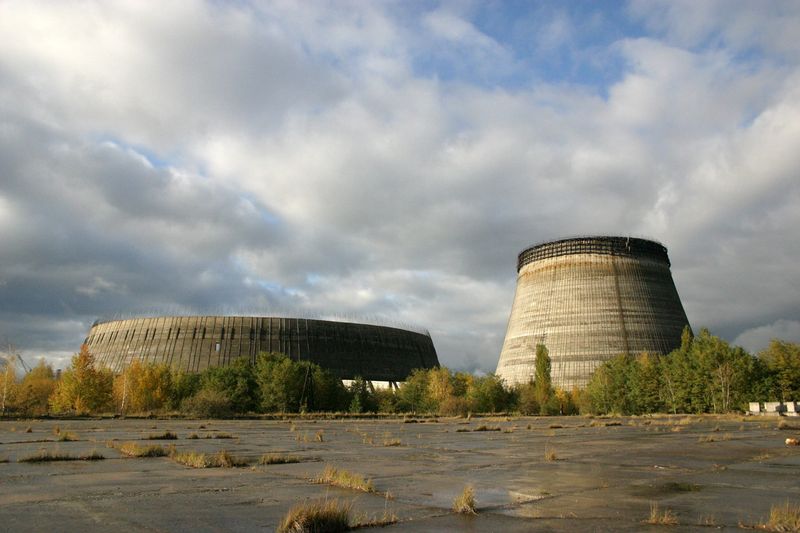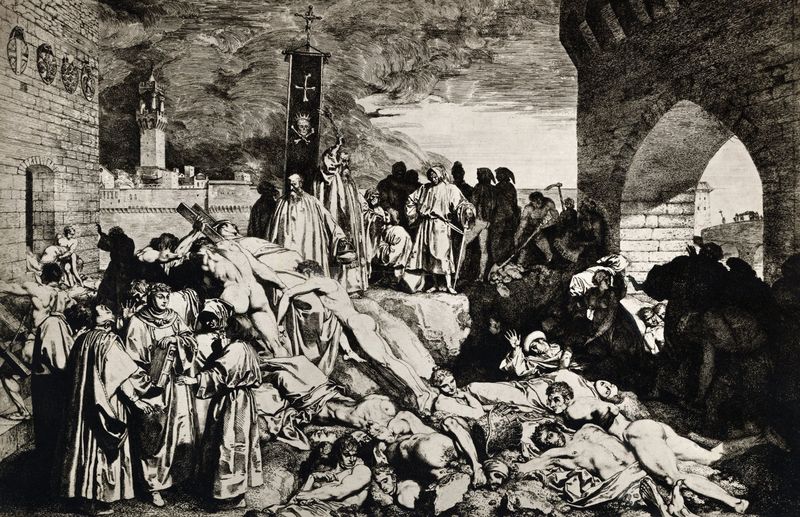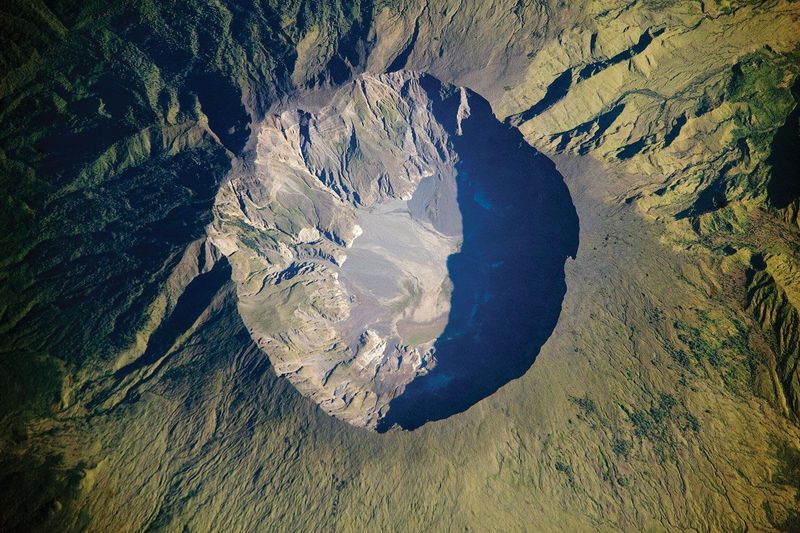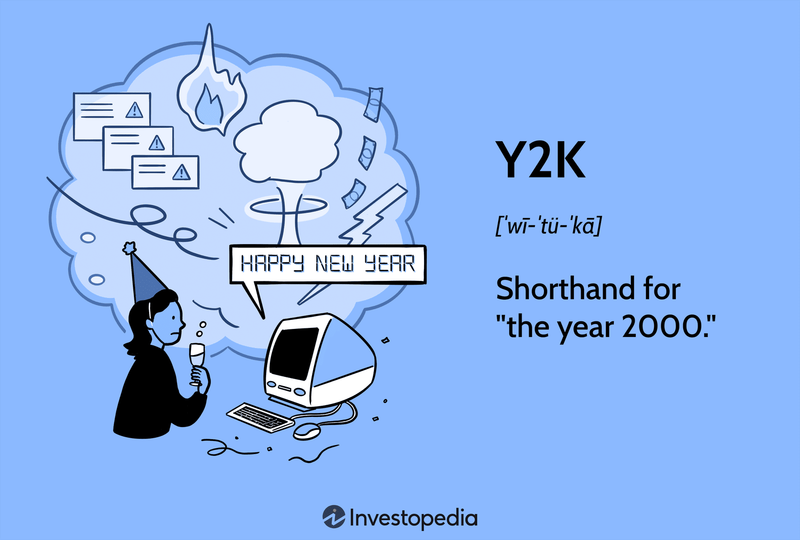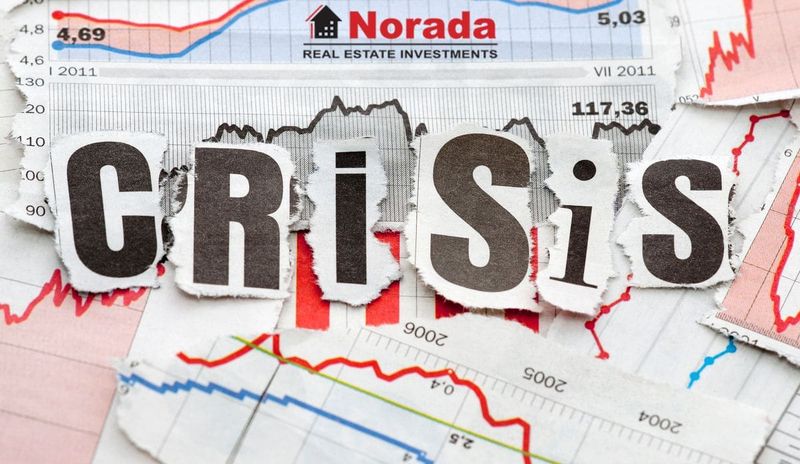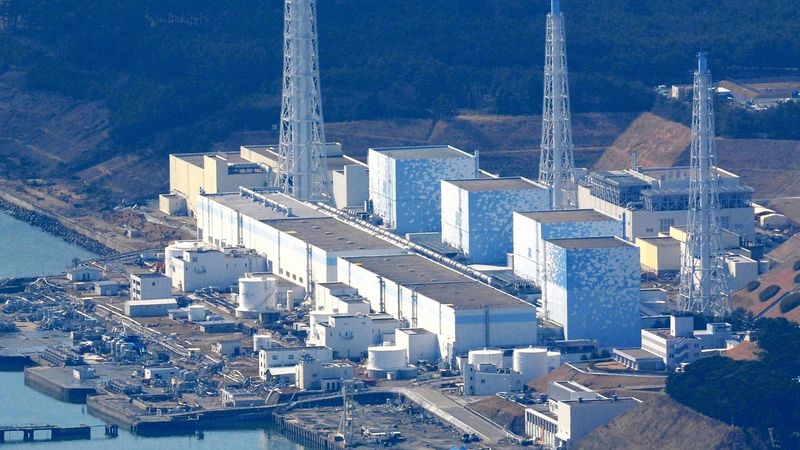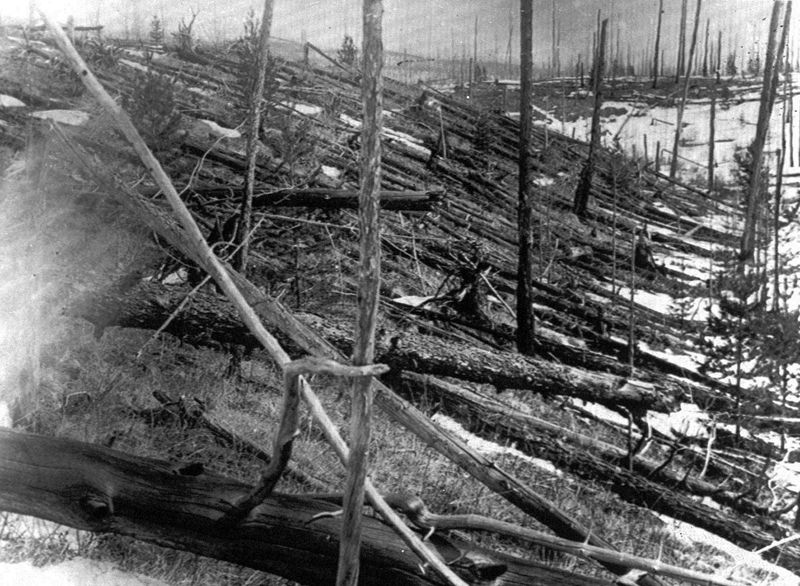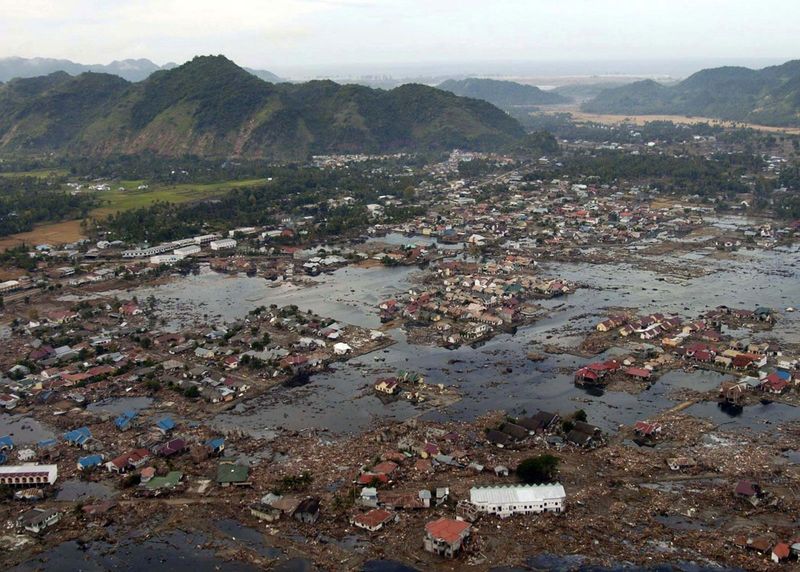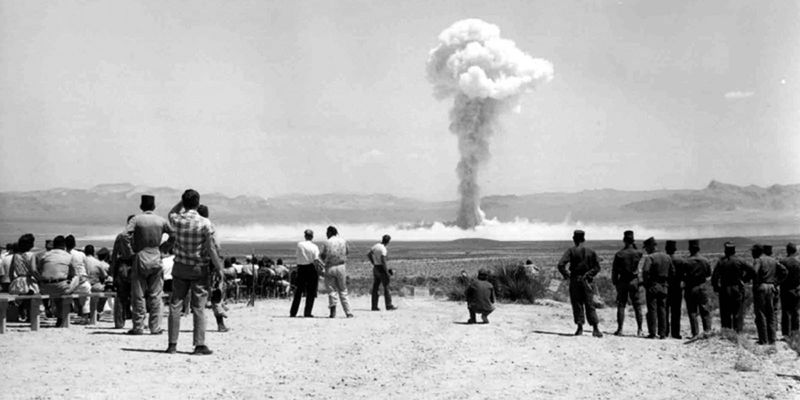Throughout history, humanity has faced numerous challenges that threatened its very existence.
From natural disasters to pandemics, each event tested our resilience and shaped our destiny.
In this blog post, we explore 14 pivotal moments when civilization came perilously close to the brink of collapse.
1. World War I Spanish Flu – 1918
The Spanish Flu pandemic of 1918 struck a world already ravaged by the horrors of World War I. In a matter of months, the virus spread across the globe, infecting one-third of the world’s population. Hospitals overflowed, and healthcare systems were overwhelmed.
The flu claimed the lives of an estimated 50 million people, a figure that dwarfs the casualties of the war itself. Communities struggled to cope as families were torn apart.
The pandemic highlighted the need for international cooperation and better public health responses, lessons that resonate even today.
2. The Great Ozone Depletion – 1980s
In the 1980s, scientists discovered a massive depletion of the ozone layer over Antarctica, primarily caused by human-made chemicals like chlorofluorocarbons (CFCs). This protective layer shields the Earth from harmful ultraviolet radiation.
Without it, skin cancer rates soared, and ecosystems faced unprecedented threats. The revelation prompted swift global action, leading to the Montreal Protocol, an international treaty to phase out ozone-depleting substances.
This momentous agreement marked a rare success in global environmental policy, demonstrating the power of collective action to avert catastrophe.
3. Chicxulub Asteroid Near Miss – 2014
In 2014, scientists identified an asteroid that narrowly missed Earth, resembling the one believed to have caused the extinction of the dinosaurs 66 million years ago. The Chicxulub asteroid, had it collided with Earth, would have unleashed devastation on a global scale.
Such impacts trigger massive climate shifts, destroying ecosystems and threatening all life forms. The near miss underscored the importance of space monitoring and preparedness, sparking discussions on planetary defense.
As we consider the potential for future impacts, the event remains a sobering reminder of our planet’s vulnerability to celestial bodies.
4. Cuban Missile Crisis – 1962
The Cuban Missile Crisis of 1962 brought the world closer to nuclear warfare than ever before. When American reconnaissance discovered Soviet missiles installed in Cuba, the U.S. demanded their removal, initiating a tense 13-day standoff.
The confrontation threatened to escalate into a full-scale nuclear conflict, with catastrophic global consequences. Diplomatic negotiations and backchannel communications ultimately averted disaster.
The crisis emphasized the importance of diplomacy, dialogue, and restraint in international relations, shaping future policies aimed at preventing nuclear escalation.
5. Chernobyl Nuclear Disaster – 1986
The catastrophic explosion at the Chernobyl Nuclear Power Plant in 1986 released radioactive material across Europe, marking the worst nuclear disaster in history. The immediate area was evacuated, and a 30-kilometer exclusion zone remains uninhabitable.
Radiation exposure led to long-term health issues, including cancer and birth defects, affecting thousands. The incident raised global awareness about nuclear safety protocols and the potential consequences of neglect.
Chernobyl serves as a stark reminder of the need for stringent safety measures and transparency in the nuclear industry to prevent future disasters.
6. Black Death – 14th Century
The Black Death swept through Europe in the 14th century, decimating up to 60% of the continent’s population. This bubonic plague pandemic resulted from fleas carried by rats, spreading rapidly through trade routes.
Cities were left desolate, and social structures collapsed under the strain. The sheer scale of mortality had profound economic, cultural, and religious impacts, reshaping European society.
The Black Death’s devastation highlighted the vulnerabilities of medieval public health systems, ultimately leading to developments in medical science and public hygiene.
7. Mount Tambora Eruption – 1815
In 1815, Mount Tambora in Indonesia erupted, producing the largest volcanic eruption in recorded history. The explosion spewed vast amounts of volcanic ash into the atmosphere, leading to the “Year Without a Summer.”
Global temperatures dropped, causing widespread crop failures and famine. The resulting climate anomaly triggered economic turmoil and contributed to social unrest across the world.
The Tambora eruption underscores the profound impact of natural events on human civilization and the interconnectedness of global climatic systems.
8. The Y2K Bug – 1999
As the year 2000 approached, fears of the Y2K bug loomed large. Programmers had used two-digit codes for years, potentially causing computer systems to fail when the date changed from 99 to 00.
Governments and corporations scrambled to fix systems and prevent a technological crisis. While the anticipated chaos did not materialize, the event highlighted our growing dependence on technology.
Y2K served as a wake-up call for robust software testing and the importance of future-proofing technological infrastructure to safeguard against unforeseen mishaps.
9. Global Financial Crisis – 2008
The Global Financial Crisis of 2008 sent shockwaves across the world, leading to the collapse of major financial institutions and triggering a severe economic recession. Unchecked risk-taking and complex financial products contributed to the meltdown.
Governments intervened with bailouts and stimulus packages to stabilize the economy. The crisis led to widespread unemployment and foreclosures, causing hardships for millions.
It prompted calls for financial reforms and greater regulatory oversight, highlighting the importance of accountability in the global financial system to prevent future crises.
10. Fukushima Nuclear Disaster – 2011
The 2011 earthquake and tsunami in Japan triggered the Fukushima Daiichi nuclear disaster, causing reactor meltdowns and releasing radioactive material. The evacuation of surrounding areas displaced thousands of residents.
The disaster reignited debates about nuclear energy’s safety and the need for robust disaster preparedness. International scrutiny led to enhanced safety regulations and a re-evaluation of nuclear policies worldwide.
Fukushima serves as a stark reminder of the potential hazards of nuclear power and the imperative for rigorous safety measures to protect both people and the environment.
11. Tunguska Event – 1908
In 1908, a mysterious explosion flattened over 2,000 square kilometers of Siberian forest in what is known as the Tunguska Event. Believed to be caused by an asteroid or comet airburst, it released energy equivalent to a large nuclear bomb.
Fortunately, the remote location spared human lives, but the event remains a stark reminder of cosmic threats. Scientists continue to study similar potential impacts to improve our planetary defense strategies.
The Tunguska Event illustrates the unpredictability of celestial phenomena and the importance of preparedness for such eventualities.
12. Indian Ocean Tsunami – 2004
The Indian Ocean tsunami of 2004, triggered by a massive undersea earthquake, was one of the deadliest natural disasters in history. It claimed the lives of over 230,000 people across 14 countries.
Coastal communities were obliterated, and the humanitarian crisis that followed required a global response. The disaster emphasized the need for effective early warning systems and disaster preparedness.
Efforts to improve coastal resilience and international collaboration were spurred by this tragic event, underscoring the importance of readiness for natural disasters.
13. The Cold War – 1947-1991
The Cold War, spanning from 1947 to 1991, was marked by geopolitical tension between the United States and the Soviet Union. The threat of nuclear annihilation loomed as both superpowers stockpiled weapons.
Proxy wars, espionage, and political brinkmanship characterized this era, heightening fears of a potential global conflict. The eventual dissolution of the Soviet Union marked the end of this tense period.
The Cold War underscores the dangers of nuclear arms races and the necessity of diplomacy and dialogue in maintaining global peace.
14. COVID-19 Pandemic – 2020
The COVID-19 pandemic, emerging in 2020, rapidly spread worldwide, affecting millions and reshaping daily life. Lockdowns, social distancing, and mask mandates became the new norm as countries battled to control the virus.
The pandemic strained healthcare systems and triggered economic disruptions on a global scale. Swift development and distribution of vaccines offered hope for recovery.
COVID-19 highlighted the critical importance of scientific research, global cooperation, and preparedness in addressing pandemics, offering valuable lessons for future public health challenges.
